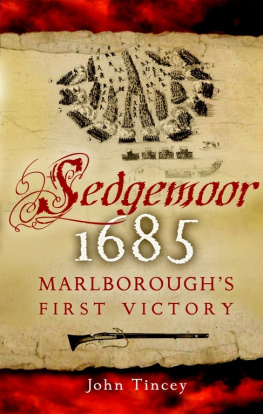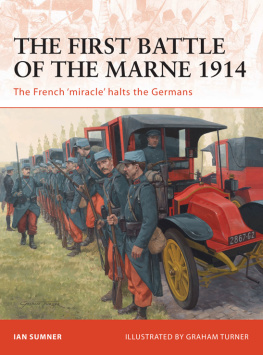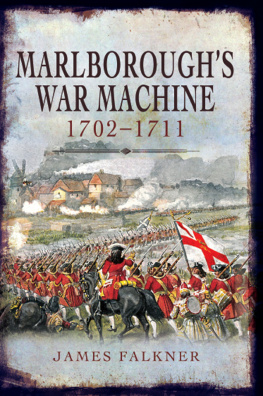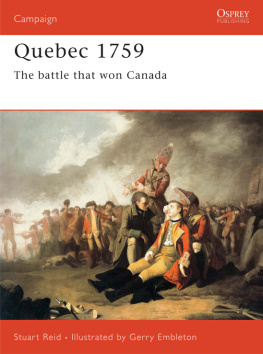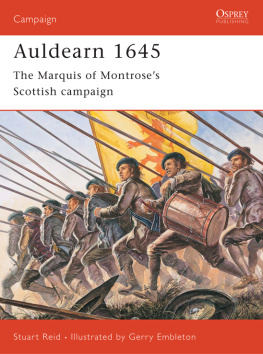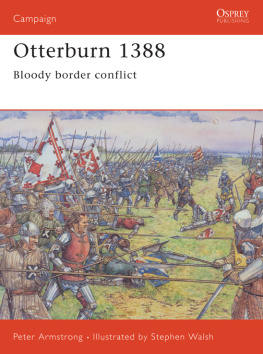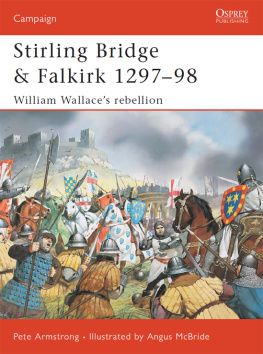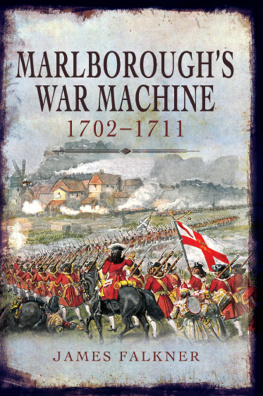First published in Great Britain in 2005 by
Pen & Sword Military
an imprint of
Pen & Sword Books Ltd
47 Church Street
Barnsley
South Yorkshire
S70 2AS
Copyright John Tincey 2005
9781783409693
The right of John Tincey to be identified as
Author of the Work has been asserted by
him in accordance with the Copyright, Designs
and Patents Act 1988.
A CIP catalogue record for this book is
available from the British Library
All rights reserved. No part of this book may be reproduced or transmitted in any form or by any means, electronic or mechanical including photocopying, recording or by any information storage and retrieval system, without permission from the Publisher in writing.
Typeset in 11/13pt Plantin by Mac Style Ltd, Scarborough, N. Yorkshire
Printed and bound in England by CPI UK
Pen & Sword Books Ltd incorporates the Imprints of Pen & Sword Aviation, Pen & Sword Maritime, Pen & Sword Military, Wharncliffe Local History, Pen & Sword Select, Pen and Sword Military Classics and Leo Cooper.
For a complete list of Pen & Sword titles, please contact
Pen & Sword Books Limited
47 Church Street, Barnsley, South Yorkshire, S70 2AS, England
E-mail: enquiries@pen-and-sword.co.uk
Website: www.pen-and-sword.co.uk
Acknowledgements
For their assistance, in discovering and providing documents and illustrations used in this book, thanks are due to the staff of the National Library of Scotland, The Pepys Library, The British Library, The National Portrait Gallery and the National Monuments Record. My particular thanks are due to Mr Stopford Sackville for permission to reproduce items from the Drayton Archive.
I must also thank Keith Roberts for many years of advice on seventeenth-century military drill, Derek Stone for his evocative maps and Dr Tony Pollard for discussions on his archaeological work carried out on the battlefieldalthough we disagree on the possible interpretations, we are of one mind that the current survey of the site will yield more surprises.
Most of all my thanks go to my wife Gail, for her patience during the long months occupied by the writing of this book and for her help and support in editing my draft into readable English. Twenty years have passed since Gail corrected the text of my first book on the Sedgemoor Campaign, and I hope to have mastered the use of the apostrophe before the next twenty years have passed.
Preface
In 1984 David Baz Ryan established the Partizan Press and published his well-received book Scots Armies of the English Civil War by Stuart Reid. I pointed out that 1985 was the 300th anniversary of the Battle of Sedgemoor, and that there might be a market for a book about the battle. The response was when will you have it ready? and I became an author, largely by accident.
When in 2003 Pen and Sword asked if I had research that might form the basis of a new book, I decided to return to the Monmouth Rebellion. Very little had been published on Sedgemoor after the flurry of books which greeted the 1985 celebrations and I thought that a book concentrating on the military campaign might be of interest. It quickly became apparent that John Churchill, later the Duke of Marlborough, should be the focus of my project.
Having maintained an interest in Sedgemoor during the intervening twenty years, I had no doubt of the conclusions to which my researches would lead me. Monmouth had proved a poor and irresolute commander. Churchill, although highly competent, had shown no special brilliance during the campaign or battle. The Earl of Feversham had been unfairly vilified by claims of inefficiency and lethargy in attending the battle, the result of bigotry against a general of French origins. The original proposal for this book suggested the title Sedgemoor, Marlboroughs first command , reflecting these beliefs.
As the work progressed I became aware that the events that I was relating did not quite fit with my preconceptions. Monmouth emerged as a talented commander who made the best of the limited resources available to him. Churchills professionalism became more marked in comparison to those around him. Most strikingly of all, Fevershams handling of the campaign appeared lacking in determination and purpose.
The battle of Sedgemoor was not the straightforward matter described by the Royalist contemporary accounts. Many events that were said to have happened within a short space of time had clearly not done so. The authors of the narratives had flattered the victorious general by recording only his good decisions. But was there more to it? My doubts might have come to nothing, but towards the end of 2003 I bought the newly published book Two Men in a Trench II by Dr Tony Pollard and Neil Oliver. The book gave details of archaeological work undertaken for a BBC TV programme. The account of the excavations at Sedgemoor proved interesting. In an area called Kings Field, a small metal-detecting survey had discovered a significant amount of musket and pistol shot around the old course of the Bussex Rhine. This was a puzzling discovery, for all the contemporary accounts agreed that the battle had been fought on the extreme right of the Royal line and Kings Field was on the extreme left.
I had expected my researches to support the accepted view of the campaign and battle, but here was evidence of fighting where all the sources said nothing had happened. After following some false leads I obtained from the British Library a copy of a letter written by the Rector of Chedzoy, Andrew Paschall. Described there were events which the Rector had wisely omitted from his two widely-circulated accounts of the campaign and battle. In July 1686 King James was about to make a tour of the battlefield. Paschall did not dare to include in his narrative what he had learned of the tragic mistakes made by the Royal cavalry that led to them being fired on by their own men, or of the cowardice displayed by one high in the Royal army. For 300 years Paschalls letter has been overlooked or misinterpreted and for 300 years a cover-up, which stretched upward to King James himself, went unchallenged.
Notes on Sources
The chapters describing the military campaign in the West Country and the battle of Sedgemoor include many quotes from eyewitnesses and contemporary historical records. The six main sources are described below. These narratives must be approached with caution for in each case the author had his own reasons for wishing to highlight some events and to conceal others.
Nathaniel Wades narrative
Wade was one of the handful of supporters who accompanied Monmouth from his exile in Holland and he became the commander of the Dukes own regiment of infantry (the Red Regiment) when its Colonel Samuel Venner was seriously wounded in the first skirmish of the campaign. Wade escaped from the battlefield of Sedgemoor, but was wounded and captured soon thereafter. Housed in the Tower of London, Wade agreed to give a verbal account of his part in the rebellion and to name others. He was moved to Windsor Castle and the two parts of his narrative are dated 4 and 11 October 1685.
Wade failed to provide any useful names to his captors. The story is told that lists of captured, dead and escaped Rebels were smuggled to him in his fresh laundry so that he could name only those who were out of harms way. The story goes on to relate that when King James interviewed Wade, he remarked All your friends, Mr Wade, appear to be dead. Nevertheless, the King forgave Wade and took him as his personal guide when he toured the Sedgemoor battlefield in August 1686. Wade became Town Clerk of his native Bristol, but was dismissed after the flight of King James and the succession of William and Mary in the Glorious Revolution of 1688.


